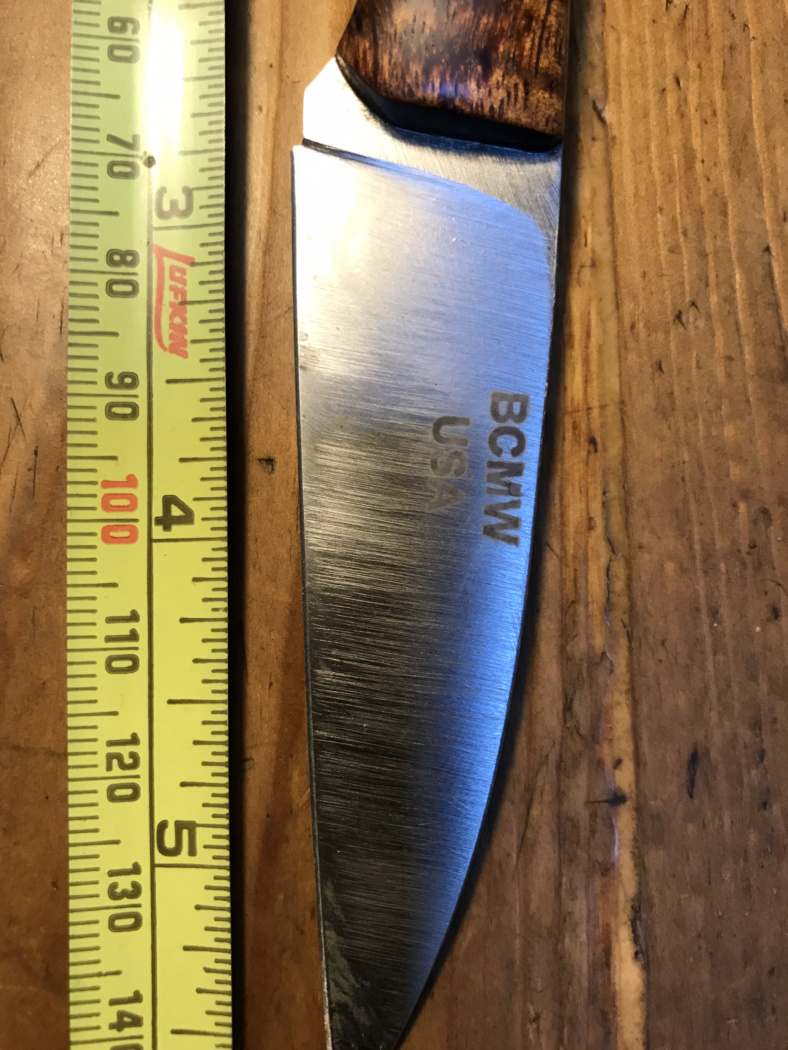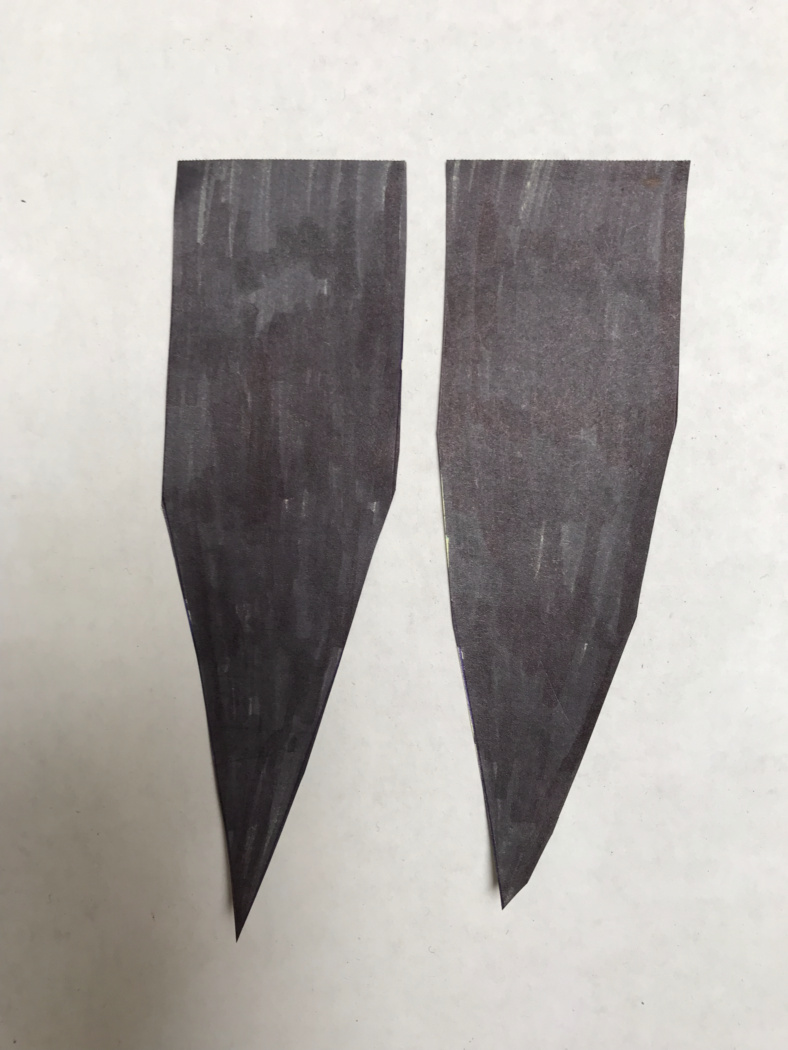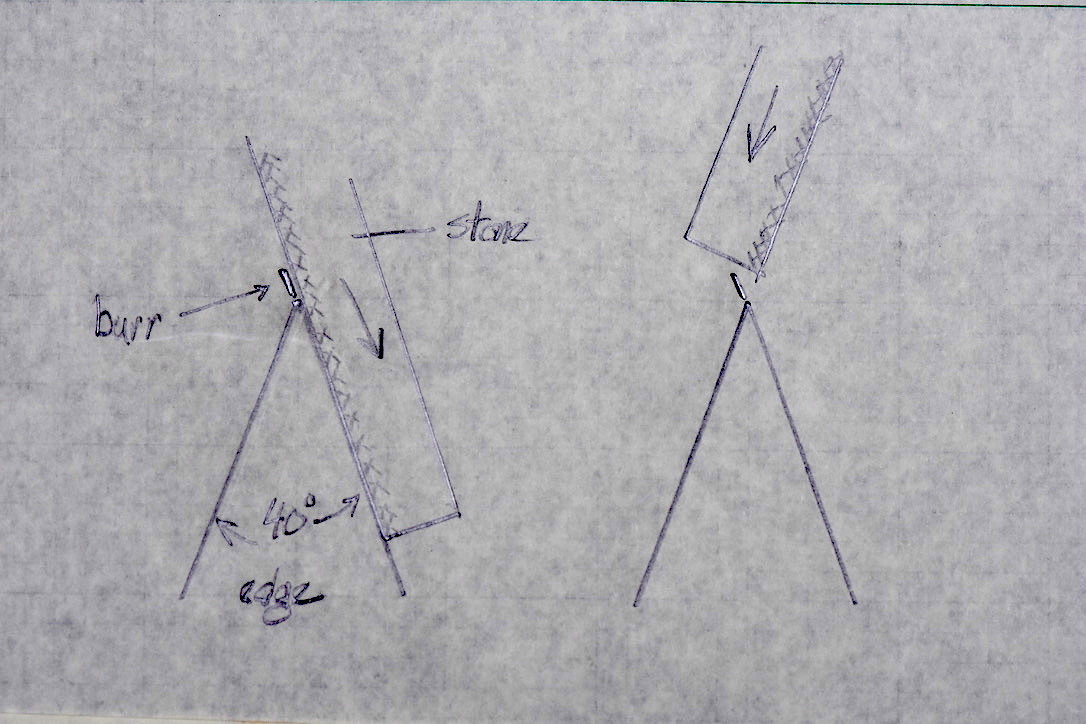toker
Basic Member
- Joined
- May 1, 2010
- Messages
- 5,080
I'm mediocre at best at freehand sharpening. I can do it in a pinch, but it's not my preferred sharpening method. If you can develop the skill, it's much cheaper to do it freehand. That being said, I much prefer the accuracy and repeatability of the Wicked Edge. I just write down the position of the knife in the clamp and can just tune out and listen to music while sharpening.
The cheapest Wicked Edge will do the same job and it's not even close to the $900 price range.project farm tested knife sharpeners that use angles, and a stone by hand. he tested sharpness, then tried to dull them to find out which held an edge better. only the $900 wicked edge held a better edge than the stone and he claims to be a rookie at using stones



